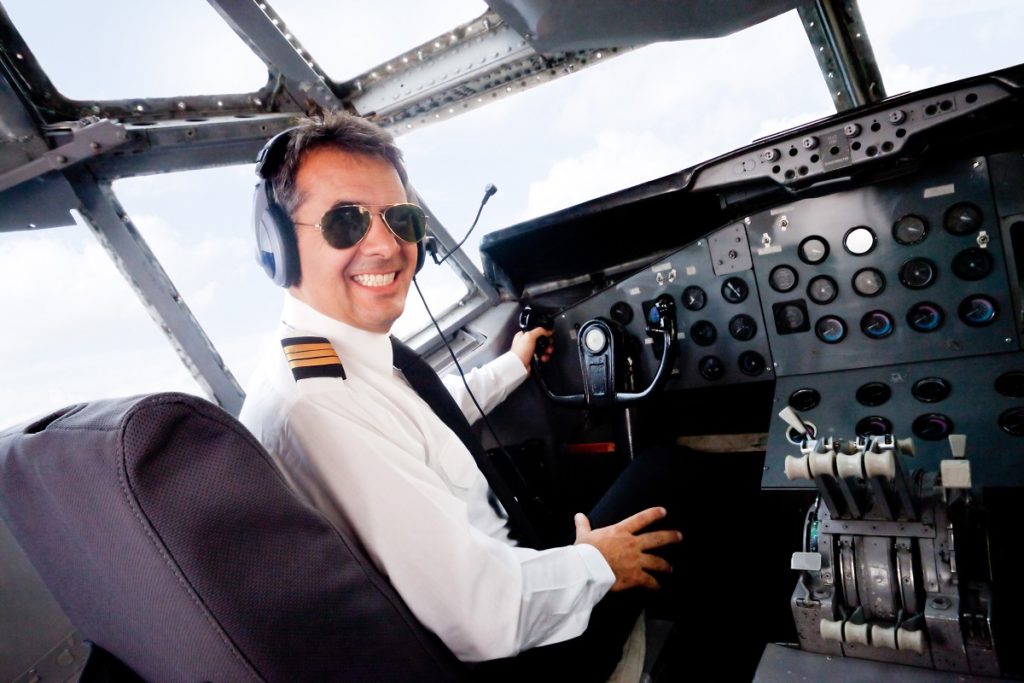Once you pass flight school, jet engine school or training, or other relevant courses with flying colors, you would probably think you can now get behind the wheel of any plane. But did you know that you’d need a specific type of pilot license if you want to fly a particular type?
Whether you plan on becoming a commercial pilot or you want to fly a rotorcraft, or maybe you studied in the USA or abroad, there are pilot certifications that can meet your varying needs. Learn which one you should have with this compilation of the most common certifications there are for pilots.
Student Pilot Certificate
As you start your journey to becoming a pilot, the student pilot certificate will most likely be the first one you’ll obtain. It’s the equivalent of the learner’s permit you need to get when you learn to drive. This certificate means that a flight instructor is teaching you how to fly and that you can fly on your own under certain circumstances.
You have to be at least 16 years old to get a student pilot certificate. But if it’s a balloon or glider you want to fly, you only need to be 14.
Airline Transport Certificate
If you think of pilot certificates as a video game, the student pilot certificate is level 1, and the airline transport pilot certificate is the ultimate boss you need to beat. If you have this certification, you can now earn a living flying commercial airliners.
To be able to apply for an airline transport certificate, you would need to be at least 23 years of age with 250 hours as pilot-in-command and 1500 hours of aircraft experience. Don’t forget that you also need a commercial pilot certificate as well.
Commercial Pilot Certificate
With a commercial pilot license, you can now get paid to fly! But there are several requirements you need to comply first:
- Have to be 18 years old.
- Pass all the exams.
- Log at least 250 hours of varied flight time.
- Have a current medical license.
- Proficiently understand and speak English.
- Have a 2nd Class Medical Certificate.
- Pass the check-ride you have with your Federal Aviation Administration instructor.
- Have a written endorsement from your Certified Flight Instructor that states you passed all your ground school courses.
And it doesn’t end there. To be able to get behind the wheel of aircraft that are more advanced, you also need to take and pass a multiple engine check ride.
Sports Pilot Certificate
If getting a commercial pilot certificate sounds like quite the challenge, you’d have an easier time getting a sports pilot one. All you need is a minimum of 20 hours training, and you’d be authorized to fly light-sport aircraft.
Do take note that this type of aircraft are not allowed to fly at night, have altitude limitations, and only have two seats.
Recreational Pilot Certificate
When you have a recreational pilot certificate, you are now authorized to fly as the PIC or pilot in command for aircraft that are single-engine and light. And the best part? You don’t need supervision. To get a recreational pilot license, you need to be at least 17 years of age.
Plus, you need to pass a practical flight test and a written knowledge test. Furthermore, you need a minimum of 30 hours of training. One thing to remember is that recreational pilots must always fly within 50 nautical miles of home base. If you want to fly further away, you need additional endorsements to do so.
We’ve covered the most common pilot certifications you can earn in the United States of America, but there are several more we can discuss in upcoming blog posts. Now that you know the requirements and purposes of each one, you’ll be able to make a better decision on what you want to pursue.


